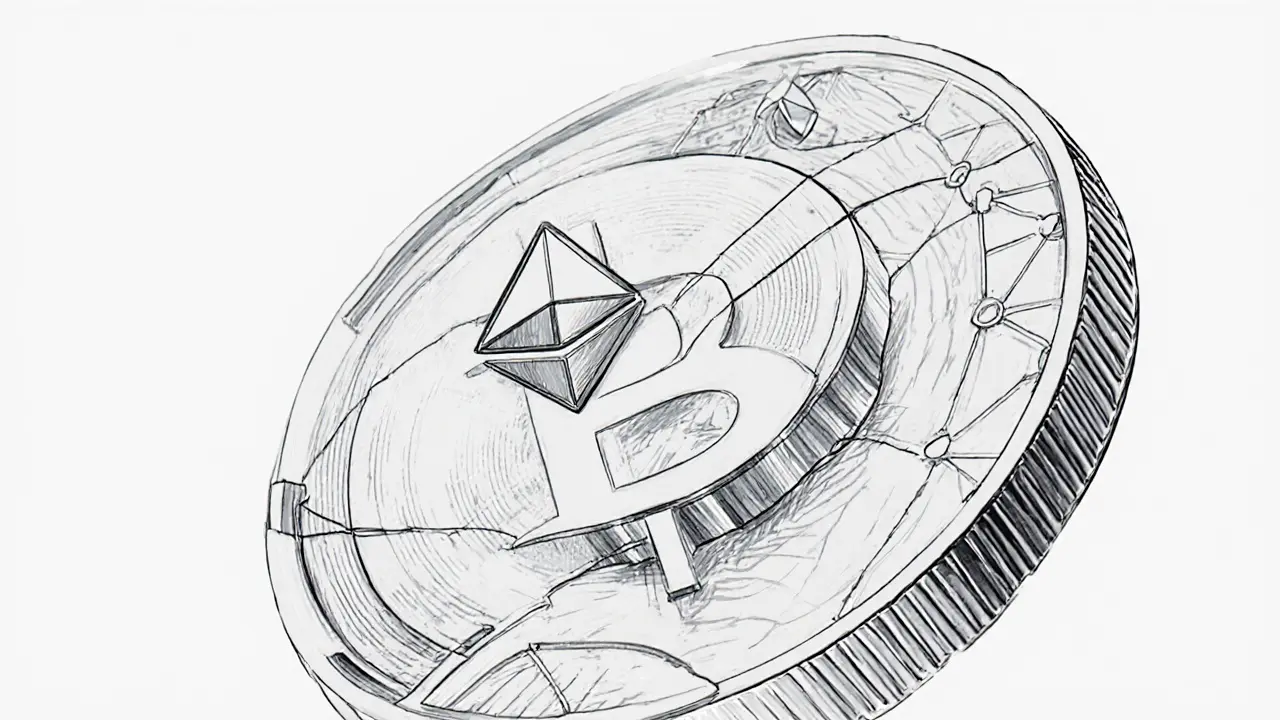Cross-Chain Guide & Resources
When talking about cross-chain, the ability for assets and data to move freely between separate blockchains. Also known as inter‑blockchain interoperability, it solves the silo problem that keeps Bitcoin, Ethereum, and dozens of other networks isolated. Cross-chain isn’t a buzzword; it’s a set of protocols that let you swap a token on one chain for a token on another without a centralized exchange. This core idea fuels everything from DeFi aggregators to NFT marketplaces that want to reach users wherever they are.
One of the most visible pieces of the puzzle is the blockchain bridge, a smart contract or set of validators that locks assets on the source chain and issues a wrapped version on the destination chain. Bridges are the plumbing that lets you move USDC from Ethereum to Solana in seconds. Another critical player is the interoperability protocol, a framework like Polkadot or Cosmos that standardizes communication between heterogeneous ledgers. These protocols define message formats, security guarantees, and fee structures, making cross-chain swaps predictable and safe. Finally, multi-chain wallet, a user‑friendly app that aggregates private keys from several chains under one UI, gives everyday users the ability to manage assets across ecosystems without juggling dozens of separate apps.
Understanding how these pieces fit together creates a clear semantic chain: cross-chain technology encompasses blockchain bridges; blockchain bridges require interoperability protocols for secure messaging; interoperability protocols enable multi-chain wallets to display wrapped assets alongside native ones. This chain of relationships explains why a new bridge launch can instantly boost the utility of a wallet, and why a vulnerability in a protocol can ripple across dozens of DeFi projects. It also shows why developers keep an eye on scaling solutions like sharding—when a chain can process more transactions, its bridges become faster and cheaper, directly improving the cross-chain experience.
What you’ll find next
Below you’ll see a hand‑picked collection of articles that dive into each component. We cover Verasity’s Proof‑of‑View system, which shows how data integrity can be verified across chains, and we break down the mechanics of blockchain sharding—a scaling technique that indirectly powers smoother cross‑chain swaps. There’s also a look at how mixers are used (and abused) to obscure transaction trails, a topic that matters when moving assets between privacy‑focused networks. For the practical side, we review exchange security, airdrop strategies, and the latest tokenomics of projects that rely heavily on cross‑chain liquidity. Whether you’re a trader wanting to reduce fees, a dev building a bridge, or just curious about why your favorite NFT can appear on both Ethereum and Polygon, these posts give you concrete examples and actionable tips.
Armed with this context, you’re ready to explore the detailed guides, reviews, and deep dives that follow. Each piece adds a layer to the cross‑chain picture, helping you see both the big vision and the nuts‑and‑bolts that make it work.

Understanding renBTC: The Wrapped Bitcoin Token on Ethereum
Learn what renBTC is, how it wraps Bitcoin onto Ethereum, and how you can use it in DeFi. This guide covers minting, redemption, risks, fees, and future outlook.
